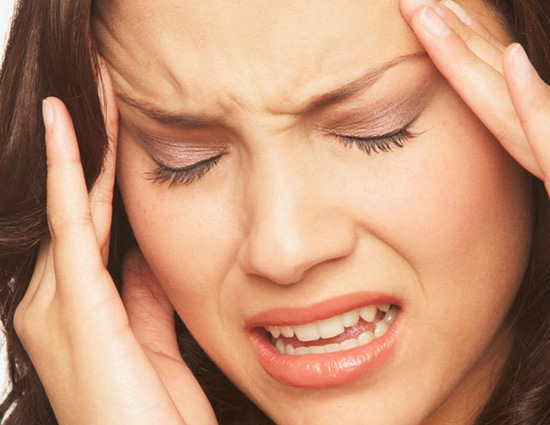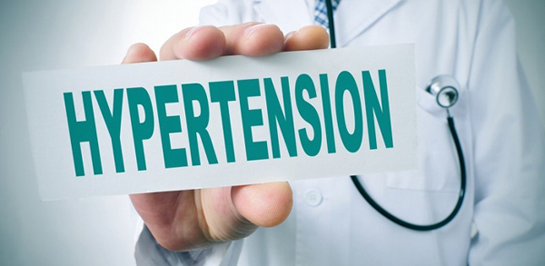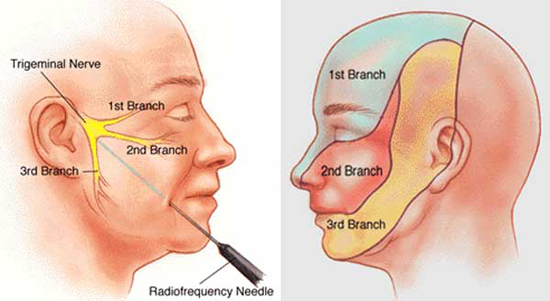- Home›
- Healthy Living›
- Headaches Of Different Forms
Headaches Of Different Forms
By: Priyanka Maheshwari Sat, 09 Sept 2017 07:53:33

A headache can be an occasional, minor discomfort, or a symptom of a more serious underlying illness. Here’s a primer on how to identify and treat three different types of headaches. Headaches occur for many reasons. Receptors responsible for the sensation of pain lie in blood vessels at the base of the brain as well as in the meninges, the protective coverings of the brain.

Hyper Tension
The pain, often described as a band-like pressure around the head, tends to be fairly constant. The sufferer may be able to feel points of tenderness over the scalp. There is no associated vomiting or aversion to bright light (photophobia). The headache is generalized and can last for weeks or months, and for this reason is unlike migraine, which tends not to last for more than 72 hours.
To manage a tension headache:
1. Avoid precipitating factors if at all possible.
2. Relaxation and exercising may be helpful, as can massage and cooling packs.
3. Try drinking a glass of water if dehydration is suspected.
4. Painkillers available at the pharmacy may help, but they should only be used as prescribed and for the short term.

Migraine
Migraine is characterized by a throbbing pain on one side of the head. This is often accompanied by vomiting, seeing flashes of light and sometimes a tingling sensation or numbness, moving across the body.
Stress and certain food can trigger migraine Once trigger factors are identified, they should be avoided where possible. Aspirin or paracetamol are often taken for pain relief, but sufferers should avoid any containing caffeine, such as codeine, as these may cause further headaches once they stop taking them.

Trigeminal Neuralgia
Trigeminal neuralgia may be caused by damage to the trigeminal nerve, the main sensory nerve supplying the face. Sufferers tend to be middle-aged or elderly. Common causes of damage include infections such as shingles and diseases such as multiple sclerosis that affect the protective layer that encases the nerve fibres.
People who suffer from trigeminal neuralgia should attempt to avoid trigger factors. Drug treatment with tricyclic antidepressants or anticonvulsants such as carbamazepine often proves highly effective. Destroying part of the nerve by either local injection of phenol or by surgery may also be effective but can lead to permanent numbness.
Will be sharing more kinds of headache in our next article. Stay updated. Happy reading!!





